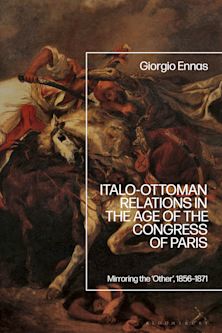- Home
- ACADEMIC
- History
- European History
- Secularisation in Western Europe, 1848-1914
This product is usually dispatched within 1 week
- Delivery and returns info
-
Free US delivery on orders $35 or over
You must sign in to add this item to your wishlist. Please sign in or create an account
Description
Secularisation can mean many quite different things - rising unbelief, the privatisation of belief, weakening denominational identity, the development of a religiously neutral state. This book reveals both the many-sidedness of secularisation and the great unevenness with which it affected different areas of life. France is the classic example of the secularisation of society in the later nineteenth century. Church and school, then church and state, were separated. Town councils tore down crosses and banned processions. Teachers and doctors were seen as a new priesthood. Yet even in France things were not so simple. In the west, most people remained practising Catholics, and Lourdes demonstrated the continuing vitality of 'popular religion'. When we look at Germany and England, or compare Catholics with Protestants and Jews, the picture becomes even more complex. This book examines the nature and causes of religious change in the three countries, and the class, gender and regional differences within each.
Table of Contents
1848
Institutions
The Pace-Setters
Belief
Going to Church
Identity
Religion and Popular Culture
1914
Conclusion
Notes
Bibliography
Index.
Product details
| Published | Aug 11 2000 |
|---|---|
| Format | Hardback |
| Edition | 1st |
| Extent | 387 |
| ISBN | 9780333597477 |
| Imprint | Red Globe Press |
| Dimensions | 0 x 0 inches |
| Series | European Studies |
| Publisher | Bloomsbury Publishing |
About the contributors

ONLINE RESOURCES
Bloomsbury Collections
This book is available on Bloomsbury Collections where your library has access.


































